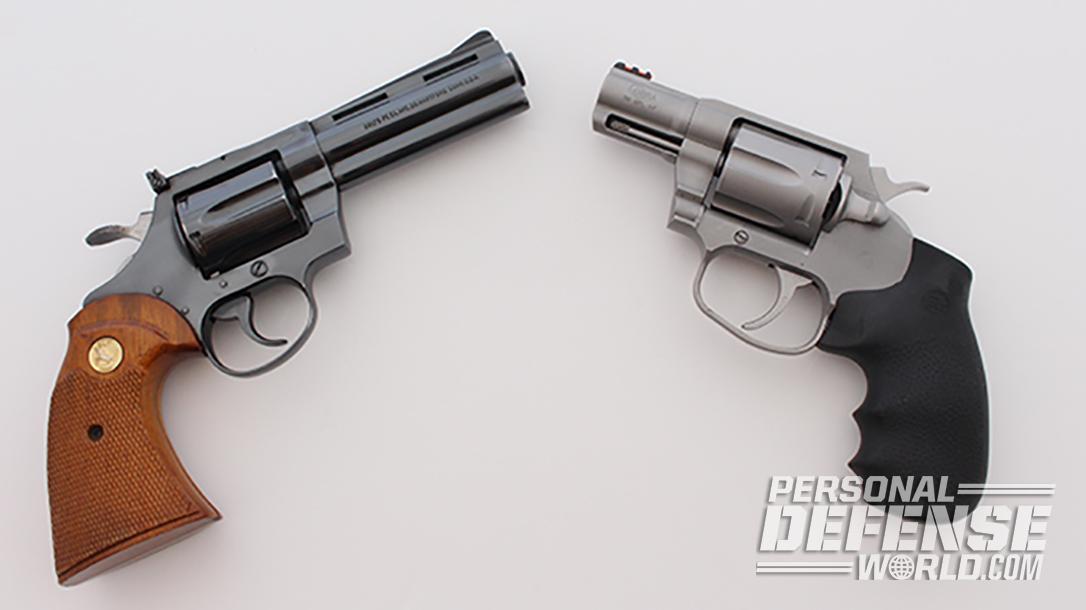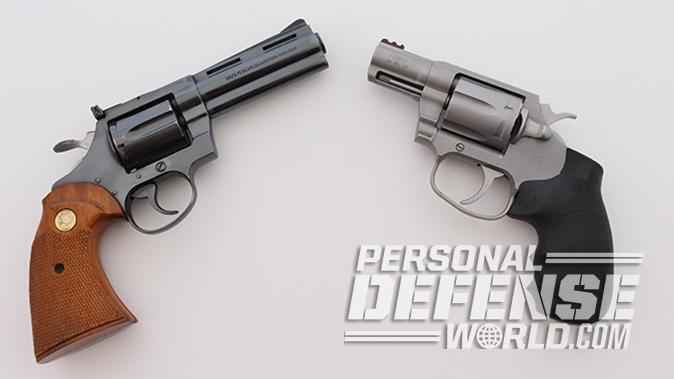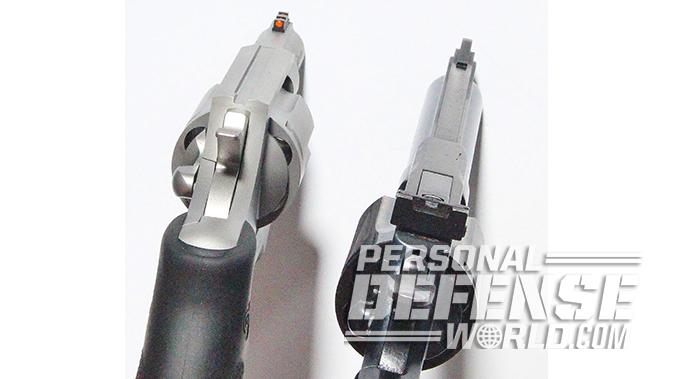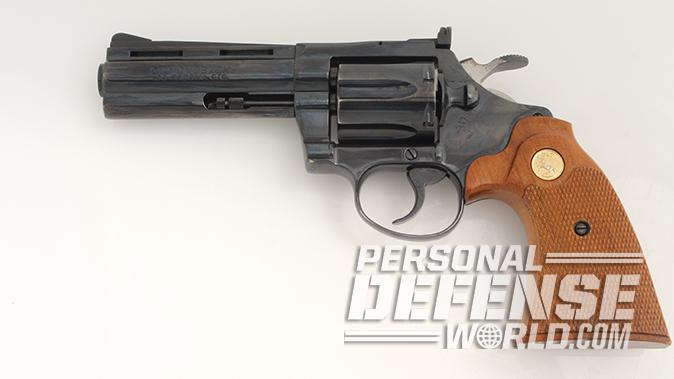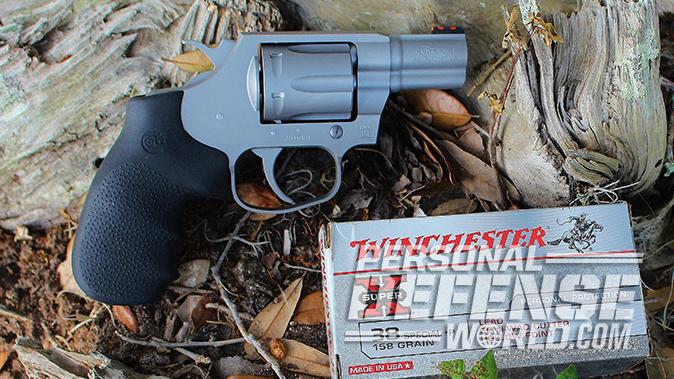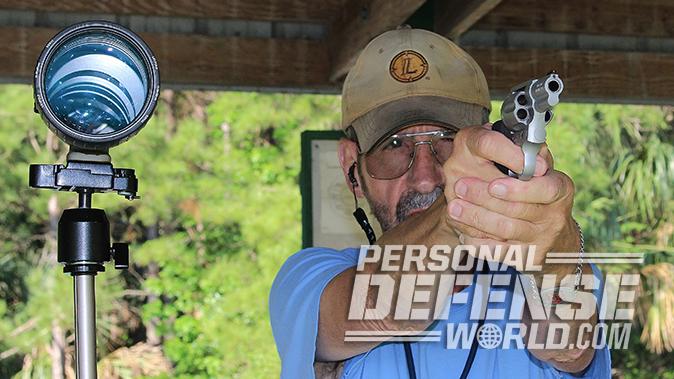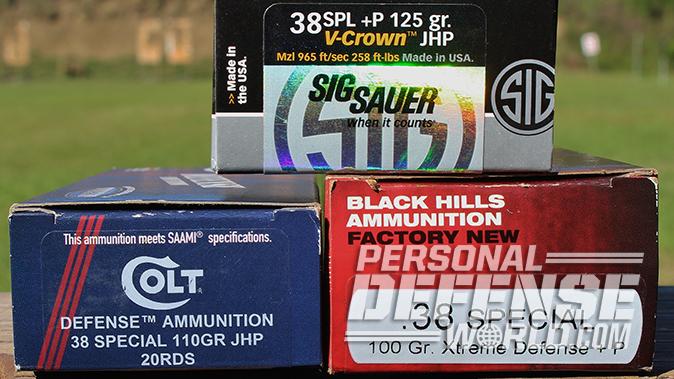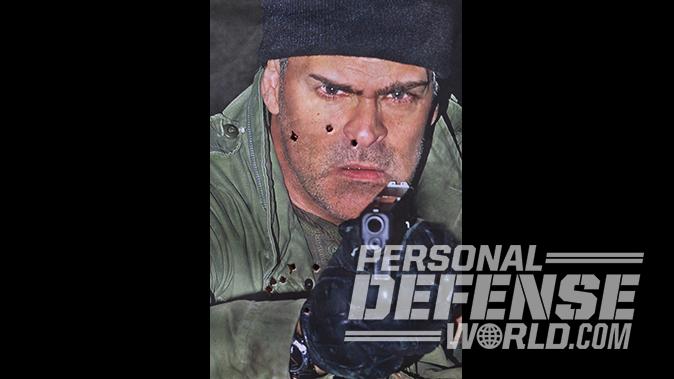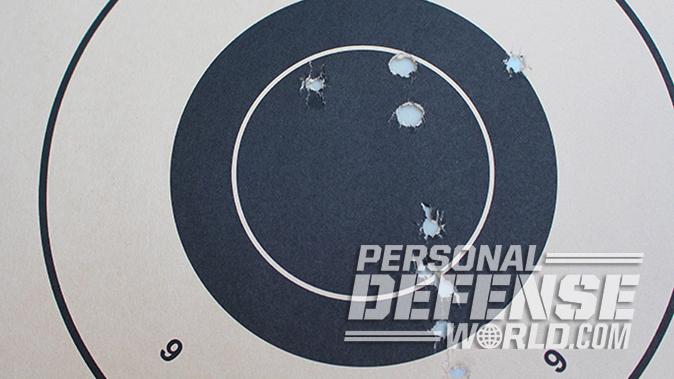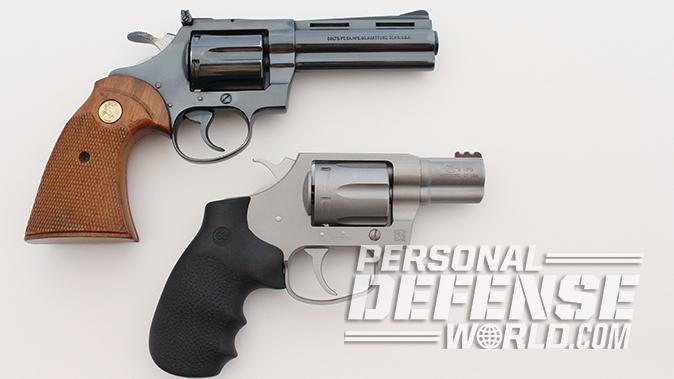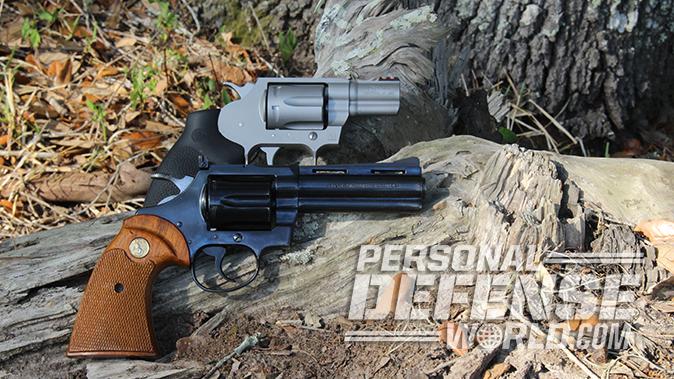In 1967, I saw my first Colt Diamondback in a hardware store in central Illinois, and it was the nicest .38 Special I’d ever seen. Unfortunately, it cost a whopping $125, and I already had a Police Positive .38. The “little snake” didn’t come home that year, and over time I wished that it had.
Then, in 2016, I saw a 4-inch-barreled Diamondback in better than 90-percent condition on GunBroker.com for a very reasonable price. Given that Colt wasn’t making any more DA/SA revolvers, I immediately bought it. After all, waiting 50 years to purchase something you really want isn’t exactly impulse buying.
Return Of The Cobra
Of course, a bit of the wind came out of my sails when I started seeing full-page ads for the new Colt Cobra in gun magazines. I was really surprised to see Colt back in the DA/SA revolver business since I’d been told several years ago by a factory representative that this was very unlikely. But the biggest surprise came when a Colt engineer told me at the 2017 SHOT Show that the new Cobra revolver used the classic Colt flat V-spring operating system instead of coil springs.
Advertisement — Continue Reading Below
For many years, Colt DA/SA revolvers used a V-shaped mainspring that was a key to giving them their smooth trigger strokes. That system had to be hand-fitted—something that isn’t possible today due to labor costs. But Colt solved the cost problem by redesigning the new Cobra so it can be entirely manufactured using modern CNC machinery.
In addition, the Colt engineer mentioned that the Cobra design was “scalable.” The basic gun can be made larger or smaller. This means that Colt’s new methods can be used to make revolvers ranging in size from three-quarter scale .22s up to 8-inch- barreled .44 Magnums. The only limitations are public demand and the size of the milling machines used to make the guns. Want one in blued steel, stainless or one with an aluminum frame? No problem. Think about it: Some day you just might be able to buy a new-in-box Python for a lot less than you’d pay for an old one!
Advertisement — Continue Reading Below
The current-production Cobra is not an identical copy of any DA/SA revolver built by Colt in the past, but it is similar to the famous Colt snubbies in many ways. Like the old Cobra, it’s a six-shooter, but it has a stainless steel frame rather than an aircraft-grade aluminum frame. The receiver itself is very close in size but not identical to the old Colt D-Frame. The similarity is close enough to allow some speedloaders, stocks and holsters that fit the older D-Frame guns to be used with the new ones.
In addition, the new Cobra has fixed sights like most D-Frame models, but instead its front sight has a fiber-optic insert. The new sight can also be removed with just an Allen wrench and replaced with a night sight. That couldn’t be done with the old Colts.
The trigger and action are also a bit different. The trigger is slightly reshaped to provide more leverage for the trigger finger. The new Cobra trigger pulls more straight back but still stacks like the old Colt triggers.
Advertisement — Continue Reading Below
As for quality of construction, the new Cobra appears to be very well made. There were no tool marks, burrs or poorly conformed lines anywhere on my test gun. Everything functioned well. The cylinder timing was perfect, the hammer would not push off of the sear at full cock, the finish was an even matte stainless, there was no cylinder end shake, the crane was in perfect alignment, and the trigger pull was smooth. The SA let-off was 4 pounds, and the DA pull was 9 pounds, but it felt heavier because of the stacking.
Weighing In
The Diamondback used for comparison in this article is a 4-inch-barreled model of mine that was made in 1977. Its quality is generally very high with one exception. The action is smooth and stacks to a DA pull that consistently breaks at 9.5 pounds, but there was a slight hesitation just before the sear broke. Gunsmith Jamie Zern at the Florida Gun Exchange found a slight imperfection on the sear causing uneven wear. It was carefully removed with a fine stone. The only other issue was some minor holster wear. Otherwise, the finish is mirror bright, the bluing is deep and even, all of the seams mate perfectly and the sideplate is precisely fitted.
The timing is perfect, and the cylinder locks up solidly in the frame. There are no tool marks or poorly conformed parts, and all of the lines are straight with no sharp edges. With that one slight imperfection, the Diamondback is simply beautifully made.
Advertisement — Continue Reading Below
Of course, comparing the new Cobra to a 40 year-old Diamondback is a bit like comparing apples to oranges. You can’t compare them directly, but you can ask whether each one is a good piece of fruit, or in this case you can ask if each is well made and appropriate for its intended uses. The Diamondback is a highly refined duty gun that has adjustable target-style sights, target stocks and a 4-inch barrel. Given that the Diamondback has a longer barrel than the Cobra, it wouldn’t be fair to compare their accuracy by firing them both from the bench at targets 25 yards away. So instead of measuring groups fired from a bench, I conducted a tactical accuracy drill at 7 yards. This started from low-ready and involved firing three 3-shot body armor drills with each gun.
During the second evaluation, each gun was shot in a 15-yard version of the Army “L” Bullseye match. The final test involved five one-handed move-and-shoot hostage-rescue drills from 3 yards with the Cobra. Of course, both revolvers were chronographed with three different loads and monitored for reliability.
How They Stacked Up
I ran the Cobra and Diamondback with three different .38 Special loads from Black Hills, Colt/DoubleTap and Sig Sauer. The results of the 7-yard tactical accuracy test indicated that the Cobra was faster and more accurate than the Diamondback when shooting under tactical conditions. The difference was the Cobra’s fiber-optic front sight and matte stainless finish. The blued front sight on the Diamondback disappeared in the glare of the Florida sun. Therefore, the Cobra grouped better and shot faster. It shot a 2.25-inch group in the center of the upper chest, and the headshot group was the same size. The Cobra’s average time for the three drills was 5.95 seconds. The Diamondback’s center-chest and headshot groups were 4.5 and 5 inches, respectively, with one grazing hit. My average time was 7.26 seconds.
Advertisement — Continue Reading Below
On the other hand, the Bullseye match was conducted under a covered firing point where I could clearly see the Diamondback’s front sight. I shot the slow-fire stage in SA mode with both guns using an isosceles stance while the timed and rapid-fire stages were fired in DA mode. I fired as quickly as I could acquire the sights and completed all of the stages well before time expired. In total, I fired a total of 30 rounds with each gun for a possible score of 300-30X.
The Cobra’s score was 269-4X while the Diamondback’s was 279-9X. This was a very respectable score for the snub-nose Cobra, even though its average group size was 9.8 inches while the Diamondback’s was 7.6 inches. The moral of the story? Target pistols like the Diamondback do well in matches under controlled conditions, but tactical guns like the Cobra generally do better in real-life conditions.
Advertisement — Continue Reading Below
The hostage-rescue drill used a target depicting a man robbing a cashier. When the shot timer beeped, I took one step diagonally to the right while drawing from a Rusty Sherrick holster and fired a double-tap to the robber’s head with just my strong hand. I ran the drill five times, and the average time to step, draw and fire two shots was 3.86 seconds. There were no misses. Again, the Cobra proved itself as a very shootable gun under stressful conditions.
The final surprise came when the short 2-inch barrel of the Cobra turned in some very respectable velocities for a snub-nose and compared favorably to the longer-barreled Diamondback. For example, the 110-grain +P Colt load produced averaged a very respectable 1,081 fps and delivered 285 foot-pounds of muzzle energy, and there were no signs of excess pressure.
A Welcome Addition
When it comes to performance, Colt’s new Cobra stacked up well against the Diamondback. Sure, they have their differences. The Diamondback is prettier and better for target shooting. The Cobra’s beauty is in its ruggedness and tactical performance. For the person who is looking for a small, relatively light and very reliable all-round .38 Special for personal protection, the new Colt Cobra appears to be an excellent choice.
Advertisement — Continue Reading Below
Colt Cobra Specs
| Caliber: .38 Special +P |
| Barrel: 2 inches |
| OA Length: 7.2 inches |
| Weight: 25 ounces (empty) |
| Grip: Hogue rubber |
| Sights: Fiber-optic front, fixed rear |
| Action: DA/SA |
| Finish: Stainless |
| Capacity: 6 |
| MSRP: $699 |
Colt Diamondback Specs
| Caliber: .38 Special |
| Barrel: 4 inches |
| OA Length: 8 inches |
| Weight: 28.5 ounces (empty) |
| Grips: Walnut |
| Sights: Ramp front, adjustable rear |
| Action: DA/SA |
| Finish: Blued |
| Capacity: 6 |
| MSRP: N/A |
For more information, visit colt.com.
